Talent Attraction
The Greek philosopher Heraclitus is believed to have said, “Nothing is constant but change.” Funny that such an old saying fits so many companies today. In order to remain successful, most companies and their employees must be both nimble and innovative so they can meet the ever-changing needs of their clients/customers. This drives how many employers select new employees.
For companies facing these challenges, successful hires tend to exhibit three attributes:
- Drive (think fire in the belly)
- Intellectual Curiosity
- Learning Agility
Most job descriptions, though, make no mention of these qualities. Fortunately, smart managers see past vague job descriptions and hire candidates with these attributes, seeing them as the “diamonds in the rough” that they are.
A recent FastCompany article, 4 Success Secrets Startups Can Learn From eBay, describes how just one hire can make a difference in a company. Finding your next “diamond in the rough” could make a huge difference for your company.
Before your next hire, ask yourself the following questions and you might be on the road to hiring a superstar.
Will this candidate challenge us? (Drive)
How many instances has this candidate described that show her/his motivation to accomplish objectives? (Drive)
What is something he/she has recently learned? How was it learned? How might the candidate use that skill in the future? (Intellectual Curiosity)
What motivates the candidate in her/his current role? (Intellectual Curiosity)
What obstacles (work or non-work related) has this person overcome? What did he/she learn in the process? (Learning Agility)
When solving problems, how flexible is this candidate? How many options does he/she tend to consider before selecting one? (Learning Agility)
To learn the answers to these questions, it is important to start off with good open-ended behavioral questions. Equally important is to tap into your own inner curiosity while you ask repeated follow-up questions. Let’s take “Will this candidate challenge us?” as an example.
For the question “Will this candidate challenge us?” you might ask the candidate, “Describe a situation when you wanted to challenge a group or team to do something differently.”
Give the candidate plenty of time to think of a response. The specific situation that the candidate discusses doesn’t necessarily have to be work related. It could involve their participation in a group outside of work such as a club, volunteer organization, or community group. We are trying to learn if this candidate has the ability to effectively deliver a message to a group of people and then influence them to do something differently.
Once the candidate gives an example, your goal is learn three things: Situation, Actions and Results.
First, you want to understand the SITUATION. What is the background? When did it happen? Who were the others involved? What were their roles? What specifically did the candidate want to group to do differently? Why was this important to the candidate? What would the ramifications have been if the group had NOT done what the candidate suggested?
Second, you need to know the ACTIONS that the candidate took. This is where the rubber met the road. You need to learn how the candidate tried to convince the group to take this change. What was the strategy for getting the group to take the candidate’s recommendation? What strategies did he/she consider, but not use? What actions did the candidate take and why did she/he choose them? In hindsight, does that candidate think he/she chose the right plan? What were the steps in the plan? What relationships were developed and how did they factor into the outcome? How were objections handled?
Third, you want to find out the RESULTS. When all was said and done, was the candidate successful? What was the final result? Did the group take his/her recommendation? If not, how did it work out for the team? How was the candidate’s relationship with the team impacted? Was her/his recommendation the best one?
As you are taking notes, write “Situation”, “Actions” and “Results” in the margins so you can refer back to each section. After the candidate has finished describing the Results, take a moment or two to silently think through the chronology of events. Do you know enough about the Situation, Actions and Results that you could clearly describe this to a stranger? If not, go back and ask more probing questions.
While Situation, Actions and Results are all relevant, Actions will tell you the most about how this candidate may or may not be a fit for your company. More often than not, the Situation will have been out of the candidate’s control. While somewhat important, Outcomes tend to be the result of Actions.
A word of warning. Candidates who have drive, intellectual curiosity and learning agility tend to be engaging conversationalists. You are going to enjoy spending time with these individuals. Approaching hour number two of a one hour interview is an indicator you might have one of these on the line.

